Pipe Lake Open Pit Mine
Pipe Lake Mine Information
Link to 2nd and 3rd Generation Thompsonite page
Pipe Lake Mine: This mine is about 25 miles south of Thompson. It operated from 1961 to 1984. It was an open pit mine. My uncle, Ed Sawicki, worked there. One day he took me for a ride in an INCO pick up truck to the bottom of the open pit. He spent much of his time at his cabin at Paint Lake. I can see one reason why…it was close to his working place, Pipe Lake mine. The open pit is so deep. Today is 80% filled with water. I hope that over the last thirty-eight years it can form an eco-system and support wildlife there. Maybe it already has. Maybe some harmful minerals would leach in to the water? I don’t know. I am not an environmental chemist. Here is to Pipe Lake mine and the people who worked hard mining its valuable ores. – Kevin E. Jesmer
In March, 1961, temporary buildings were erected by Inco at Pipe Lake, near Thompson, for exploration of a newly discovered ore body. In 1969 the development and operation of INCO’s first open pit mine (Pipe Lake) started. In 1970 the development of Pipe Nos. 1 and 2 open pits occurred and production began. 1984 production ends at Pipe Mine….. The planned ultimate depth of Pipe 2 Open Pit is 720 feet (220 m). When this horizon is reached, mining of the orebody will be carried out from underground. Accordingly, sinking of the production shaft began in 1970 and was completed in 1973. Stations were cut at 300 foot (92 m) intervals and lateral development and exploratory drilling was carried out on the 1 ,500 (458 m) and 2,400 foot (732 m) levels. The latter work was completed in 1977. The workings are being maintained on a standby basis.
http://www.naturenorth.com/StarLake/Scanned%20Documents/Mining%20in%20Manitoba.pdf
pg 27
Current with the exploration work in the Thompson Moak area, Inco was also active in the Pipe Lake and Soab Lake areas, 32 and 64 km respectively, to the southwest of what is now the City of Thompson. This work resulted in the establishment of three underground mines (Pipe 1, Soab North, Soab South) and one open pit (Pipe 2). As a point of interest, development of the Pipe 2 Open Pit involved pumping out Upper Ospwagan Lake, which overlay the orebody, into Lower Ospwagan Lake using the same dredging equipment that had been used to pump out Steep Rock Lake at Atikokan, Ontario. 9 500 000 cu. m of overburden and 12 200 000 tonnes of waste rock had to be removed in preparing the site….
The planned ultimate depth of Pipe 2 Open Pit is 720 feet (220 m). When this horizon is reached, mining of the orebody will be carried out from underground. Accordingly, sinking of the production shaft began in 1970 and was completed in 1973. Stations were cut at 300 foot (92 m) intervals and lateral development and exploratory drilling was carried out on the 1 ,500 (458 m) and 2,400 foot (732 m) levels. The latter work was completed in 1977. The workings are being maintained on a standby basis.
In 1971, as a result of a world-wide nickel over-supply situation, Inco effected a curtailment of operations. In Manitoba, this resulted in suspending operations at the Pipe 1 Mine and the two Soab mines. World conditions began to improve in 1973, but by late 1975 a world-wide recession again created an oversupply of nickel. As a result, in 1977 production at the Birchtree Mine was suspended and production at the Pipe 2 Open Pit was reduced. In 1978, all operations at the Birchtree Mine were suspended and the mine was placed on a standby basis. This leaves only the Thompson Mine and Pipe 2 Open Pit in operation at the time of writing, with the other four mines being maintained on standby basis. A
http://www.naturenorth.com/StarLake/Scanned%20Documents/Mining%20in%20Manitoba.pdf
pg 27
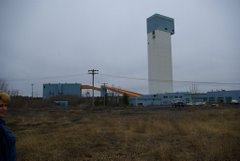



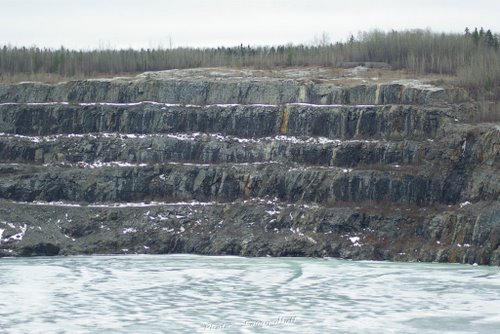
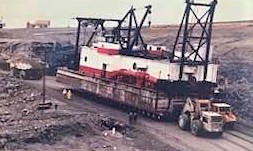

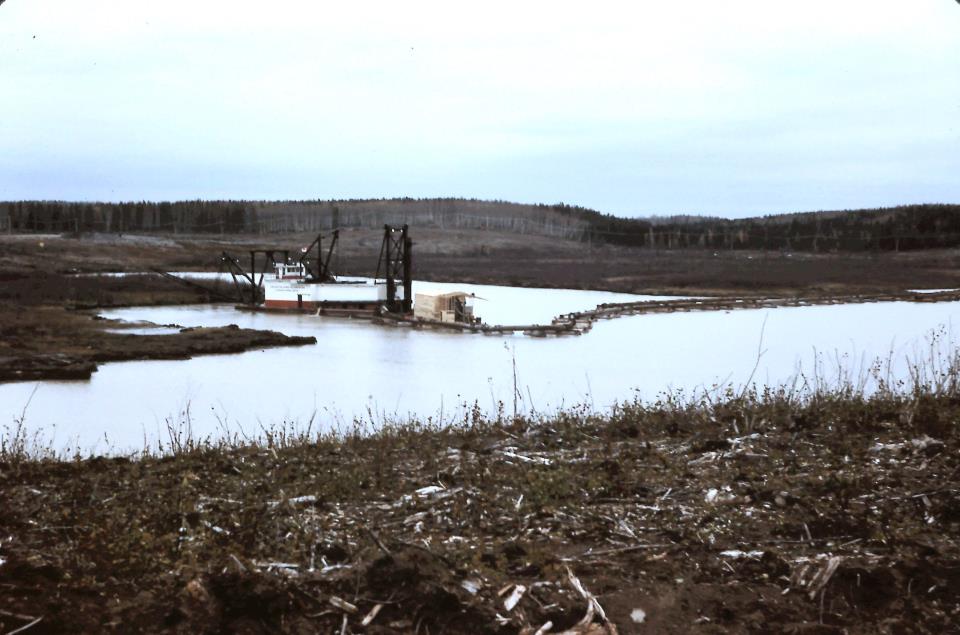
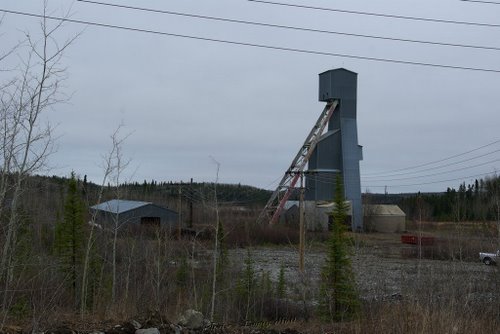
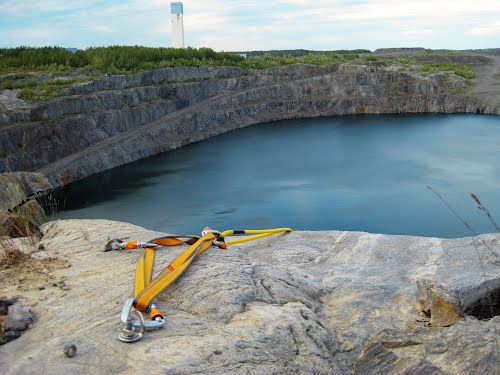






Interact with us using Facebook